|
Pivoting our design process to include a variety of sustainable practices is imperative as we go forward. Traditionally, we have a fabric in mind already during the conceptualization process. However, we must give the fabric we already have in our stash a chance to be used first. Non-traditional fabric like drapes, bed sheets, already worn garments, or second-hand fabric from thrift shops can all serve as fabric for a new or upgraded design. Additionally, many of us also have garments in our wardrobe that sadly never see the light of day. We wish we could wear these items, but we do not, and for some reason, continue hanging on to them. So think about how you could either refashion your current wardrobe into a new wearable garment, take apart an item to use for fabric or parts, or simply pass it along to a loved one who will wear it. InspirationOur latest upcycled design is a two-piece jacket and skirt set that was dreamt-up by our marketing coordinator, Natasha. During her down-time, Natasha does freelance styling for local Vancouver models and photographers. Back in 2018, she picked up this awesome shiny pleather jacket (pictured below) from a consignment shop to use for a photoshoot. Unfortunately, it just wasn’t what the creatives were looking for, so it sat in her closet unloved for quite some time. One October night, Natasha had a 90’s movie marathon in which she watched “Clueless” and “The Craft” back-to-back. This inspired her idea to merge two very different 90’s aesthetics- preppy and grunge. She took to her closet to find something that could potentially fit her upcycle criteria and ultimately landed on this wicked jacket plus an old pair of thrifted wool pants.
For those of you that love to shop second-hand, Natasha recommends the below thrift and consignment stores.
Upcycle Construction ProcessUpcycling is all about working with and around what you already have to create a new perspective. Here is Natasha's step-by-step experimental process of preserving and creating certain design elements. Step 1: Determining WaistlineNatasha wanted to maintain certain design elements on the original jacket, so she halved the garment by cutting just below the second button and just above the side seam pockets. This sat at the natural waistline. If she had cropped the jacket any higher or any lower, she would have had to sacrifice either the second button or both pockets, but this way, she could keep them! The garment is fully-lined, so once cut in half, Natasha stay-stitched the rayon lining to the pleather fabric on both the upper jacket and lower skirt. She found that these two fabric types were a little trickier to work with together than usual. The lining was slippery, while the pleather was very thick. Good thing for industrial sewing machines— thank you, Juki industrial machine! Step 2: Finishing the WaistTo help define the waist of both the jacket and the skirt, Natasha brought in another thrifted garment to assist and add texture to the overall outfit. Finishing off the waist with a non-shiny fabric really grounds the two new garments created. This also allowed the garments to lengthen slightly by 2”. During the upcycling process, you can lose length easily, so this change was very helpful! Now the skirt was a tad more wearable. Natasha was able to use one pant leg's worth of fabric to create both waist finishings. One for the jacket and one for the skirt. Any suggestions on what she should do with the other pant leg? Step 3: Choosing a Skirt-Closure Snap snap snaps! The pleather fabric proved to be too thick for buttonhole installation on our sewing machines, so snaps it was to close up this skirt. This also allowed Natasha to play around with the drape of the skirt. In placing the skirt slightly asymmetrical, a new flared silhouette took shape. Final ThoughtsPresto, 90’s makeover complete! We love how Natasha's upcycled retro blazer set turned out. Natasha gifted this set to her little sister, and it was a perfect fit! Great to know this design will finally get some love after so many years. Upcycling gives new life to forgotten garments and prevents you from adding to a world that is already overwhelmed with material items. Furthermore, it challenges you creatively by forcing you to think outside the box. For more upcycling inspiration, check-out our blog post, Latest Design: Retro Upcycled T-Shirt. Do you like to upcycle? Let us know what garments you’ve re-worked in the comments below, and be sure to sign up for our Insider Newsletter to keep up to date with our designs. Happy Sewing!
Designed, photographed and written by Sheila Wong Studios.
1 Comment
12/30/2023 11:17:05 pm
I wanted to express my gratitude for your insightful and engaging article. Your writing is clear and easy to follow, and I appreciated the way you presented your ideas in a thoughtful and organized manner. Your analysis was both thought-provoking and well-researched, and I enjoyed the real-life examples you used to illustrate your points. Your article has provided me with a fresh perspective on the subject matter and has inspired me to think more deeply about this topic.
Reply
Leave a Reply. |
Archives
November 2022
|
Copyright © 2024 Sheila Wong Fashion Design Studio Ltd. All rights reserved.


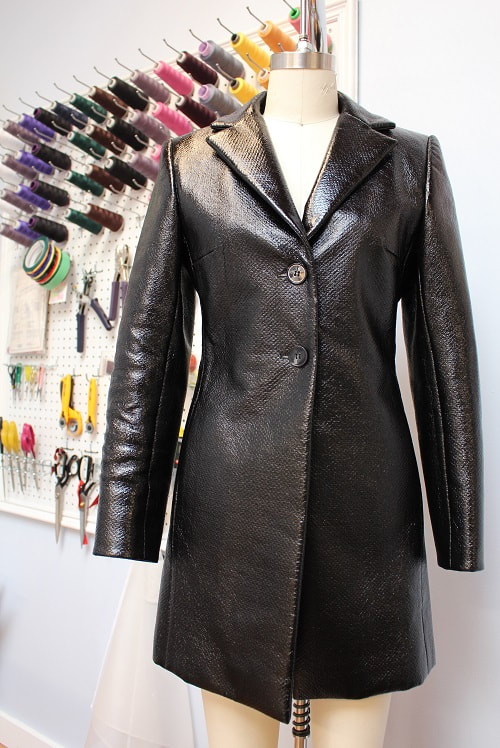

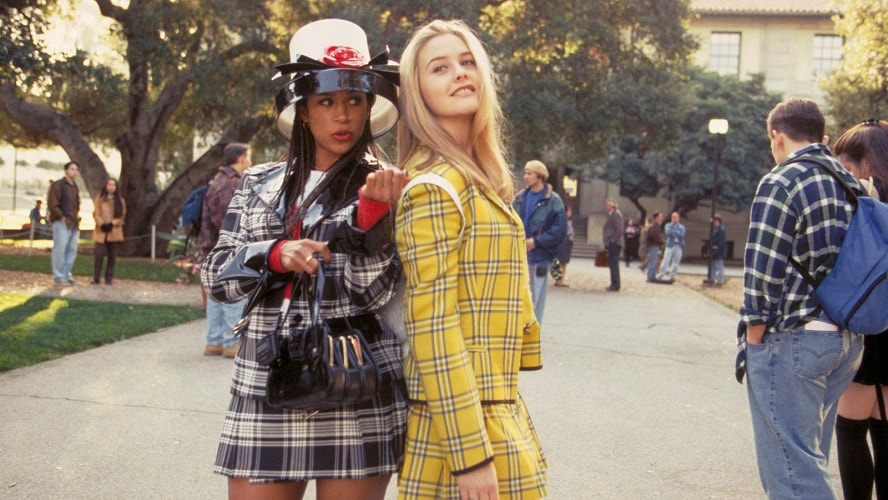




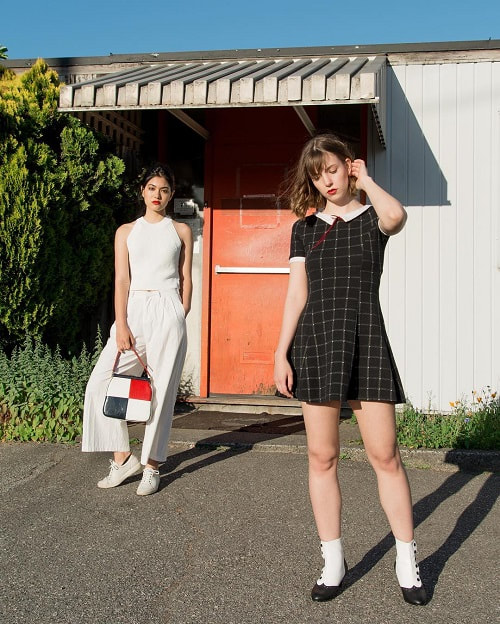
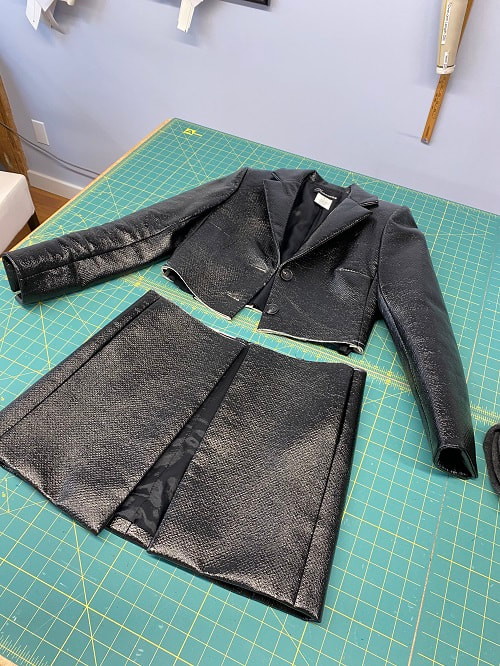


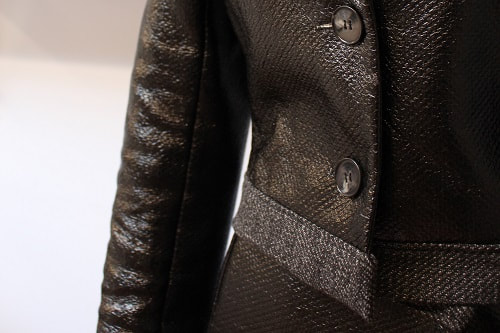
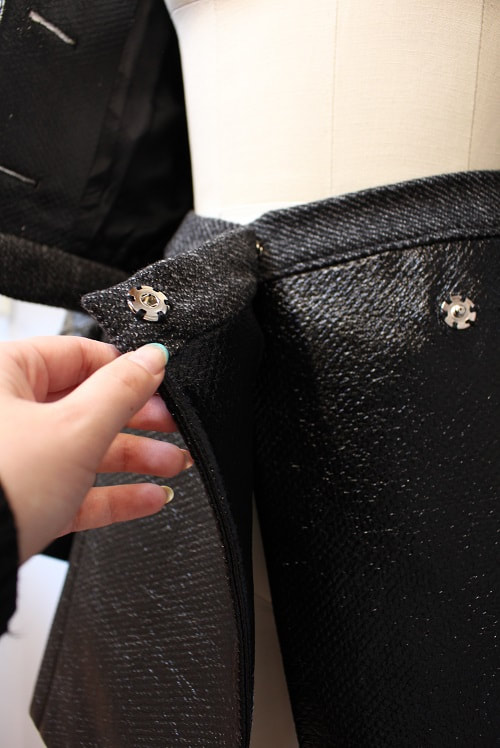
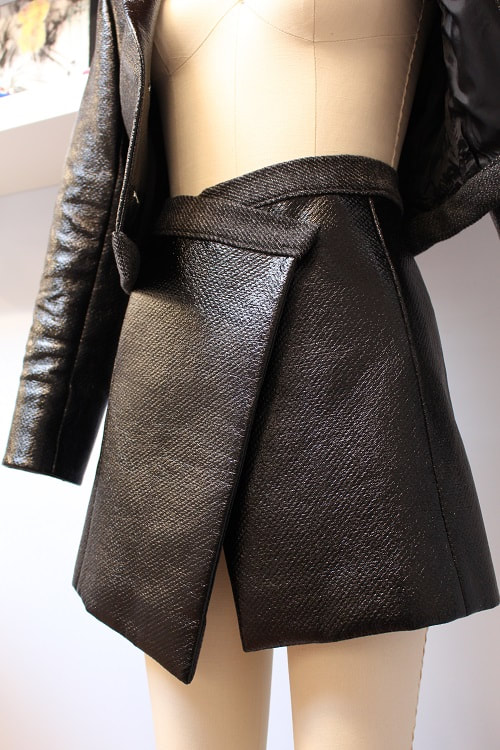


 RSS Feed
RSS Feed
